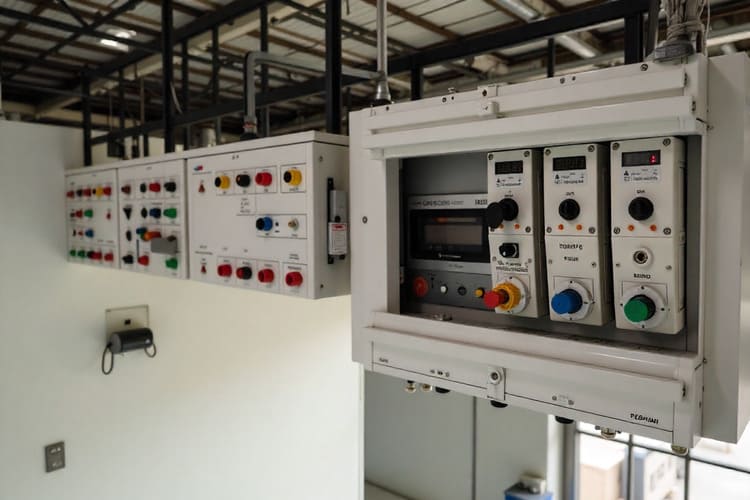Case Study
Resolving Customer Complaints Related to Electrical Connector Module Failures
Background
ElectroTech, a manufacturer of electrical distribution components, including connector modules for power systems, received a major customer complaint regarding intermittent connection failures in one of its core electric product lines. The failures led to equipment malfunctions and disrupted operations at the customer’s site.
Problem Statement
- =Customer Complaint: Persistent failure in establishing reliable electrical connections within modular connector assemblies.
- =Product Involved: Electrical connector modules using plastic-insulated components.
- =Impact: System downtime, increased service calls, potential safety concerns, and loss of customer confidence.
- =Estimated Cost: £500,000 (covering warranty replacements, rework, compensation, and lost revenue).

Initial Observations
-
Field units showed irregular or no electrical contact between mating parts.
-
Inspections revealed misalignments and improper seating of plastic components.
-
Several returned products had wear marks and tool degradation signs, particularly in plastic fitting areas.

Root Cause Analysis
1. Design Issues
- The design tolerances for plastic connector housings were too restrictive and did not account for dimensional changes due to thermal or material variation.
- Mating interface lacked self-aligning features, leading to assembly errors and inconsistent contact.
-
2. Tooling Wear
- Molds used for producing plastic housings were worn, causing dimensional inconsistencies in critical areas.
- No proactive tool maintenance or wear tracking had been implemented.
-
3. Lack of Capability Studies
- Critical dimensions were not monitored using capability studies (Cp/Cpk).
- There was no systematic approach to ensure process stability or catch early drift.
- Quality control relied heavily on manual inspection instead of data-driven methods.
Case Study Highlights
Corrective Actions & Solution Implementation
Product Redesign
Updated the connector module housing with alignment guides and more forgiving tolerance ranges.
Enhanced the locking mechanism to ensure firm engagement during assembly.
Tooling Revamp
Replaced worn molds and introduced regular inspection intervals.
Added wear-resistant inserts to extend tool life and ensure consistent quality.
Capability and Process Control
Performed full capability studies on key dimensions, targeting a Cp/Cpk > 1.33.
Introduced real-time SPC tracking and alarm systems for critical parameters.
Trained production staff in process capability, defect detection, and root cause escalation.
Material and Environment Controls
Standardized moisture conditioning and handling protocols for plastic resins.
Monitored and adjusted molding conditions to account for ambient variability.
Customer Recovery Plan
Provided technical documentation and a detailed root cause report.
Delivered immediate replacements and technical assistance at customer sites.
Implemented a 3-month corrective action plan including 100% inspection and senior engineering sign-off.
Results & Impact
This case highlights the importance of comprehensive design validation, tooling maintenance, and capability analysis in the production of high-precision electrical components. ElectroTech’s structured response not only resolved the immediate issue but laid a foundation for long-term product reliability and customer trust.
Customer Confidence Restored: No repeat complaints post-implementation
%

